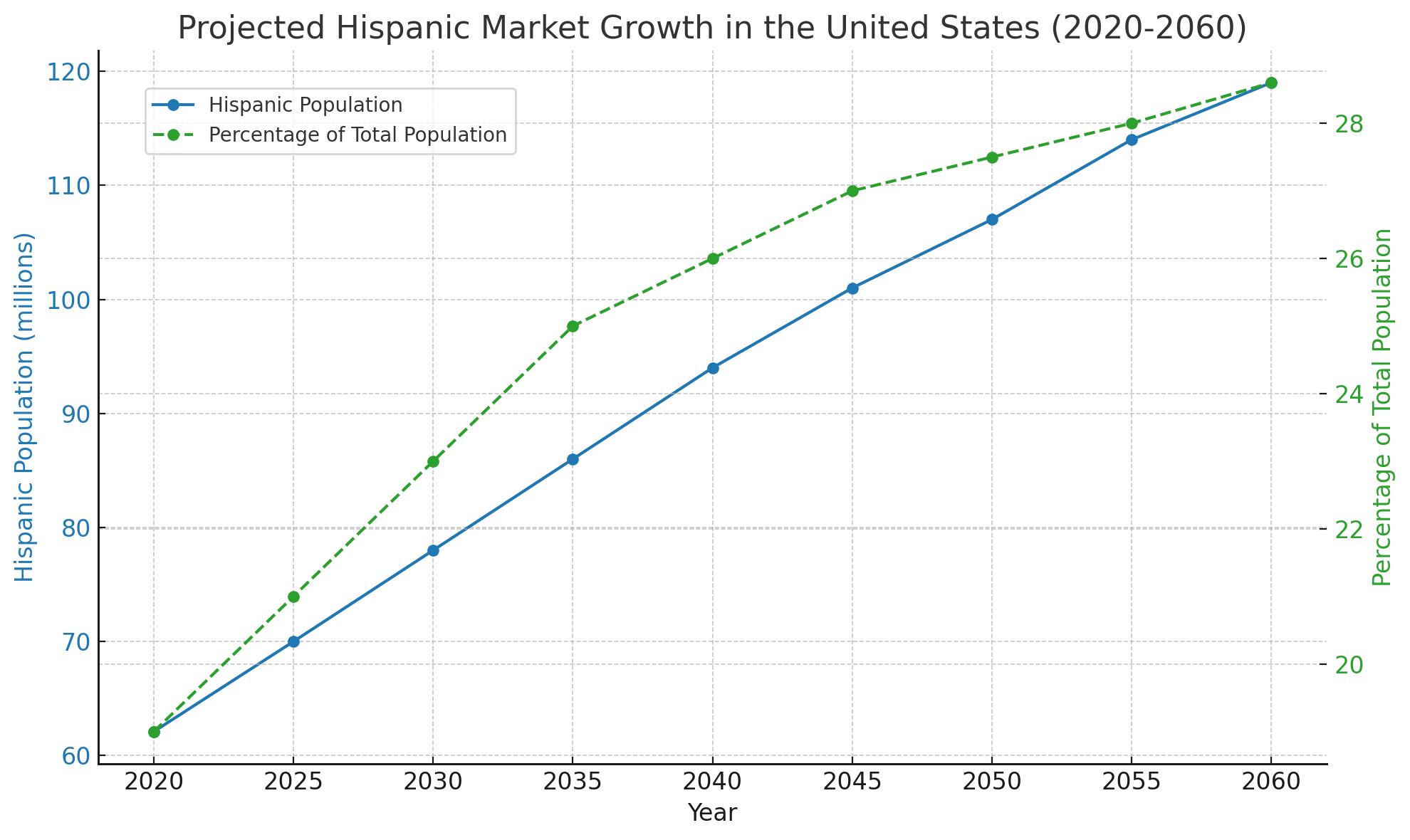Back to News
Spanish is not enough: It's not the language, it's the culture
May 23, 2024

In today's interconnected world, the importance of culture in marketing cannot be overstated. It's not merely about translating words from one language to another; it's about understanding and embracing the cultural nuances that shape how messages are perceived and received. At Ultim Marketing, a leading marketing agency with a presence in the United States, Mexico, and Colombia, we have extensive experience navigating the cultural landscapes of various Latin American and European countries. This blog delves into the critical role culture plays in marketing, highlighting humorous idioms, potential pitfalls of translation, and the unique characteristics of the Hispanic market in the United States.
Latin America is a rich tapestry of cultures, each with its own traditions, values, and linguistic quirks. While Spanish is the predominant language, the cultural context varies significantly from one country to another. For instance, a marketing campaign that resonates in Mexico might fall flat in Argentina or Colombia if it doesn't account for local customs and idiomatic expressions.
Consider the phrase "No me rajes," which in Mexican Spanish means "Don't back out on me." However, in Argentina, "rajarse" can colloquially mean "to brag." A well-meaning motivational message in Mexico could be misinterpreted as boastful in Argentina, illustrating the importance of cultural context.
Understanding Regional Differences in Spain and Latin America
Even within the Spanish-speaking world, there are notable differences in vocabulary, pronunciation, and idiomatic expressions. For example, the word "guagua" means "bus" in Chile but refers to a "baby" in the Caribbean. Misunderstandings like these highlight the importance of cultural sensitivity in marketing.
In a campaign targeting Spanish speakers in the United States, a brand used the word "concha," thinking it meant "shell" as it does in Spain. However, in Argentina, "concha" is a vulgar term. The campaign had to be quickly revised to avoid offending the audience.
The Hispanic Market in the United States
The Hispanic population in the United States is incredibly diverse, comprising people from Mexico, Puerto Rico, Cuba, El Salvador, and many other countries. This diversity means that marketers cannot adopt a one-size-fits-all approach. Understanding the unique cultural backgrounds of different Hispanic communities is crucial for effective marketing.
A study found that Hispanic consumers are more likely to engage with brands that acknowledge their cultural heritage. For example, a food brand that highlights traditional recipes and celebrates Hispanic holidays can create a deeper connection with its audience.
The Hispanic market in the United States has seen significant growth in recent years. According to the U.S. Census Bureau, the Hispanic population reached 62.1 million in 2020, representing 19% of the total U.S. population. This figure is projected to increase to 111 million by 2060, constituting 28% of the total population (Pew Research Center) (Pew Research Center). This growth presents a tremendous opportunity for brands that can effectively connect with Hispanic consumers. Additionally, in 2020, the purchasing power of Hispanics in the U.S. reached $1.9 trillion, surpassing the GDP of Italy and approaching that of France, showcasing the significant economic impact of this community (NIQ).

In the United States, the Spanish language itself varies widely depending on the region and the country of origin of the speakers. Marketers must be aware of these differences to communicate effectively.
Regional Idioms and Variations
In California, you might hear "chido" to describe something cool, while in New York, "chévere" might be more common. Understanding these regional idioms can help brands tailor their messages more precisely.
UltimMarketing's Experience
At UltimMarketing, we understand that marketing to the Hispanic community is not just about translating content but about cultural adaptation. We've worked with various brands to create campaigns that resonate with Hispanic audiences in different regions of the United States.
One of our recent projects involved a bilingual campaign for a healthcare provider. We didn't just translate the English content into Spanish; we adapted the messages to reflect the cultural values and concerns of different Hispanic communities. The result was a highly successful campaign that saw increased engagement and positive feedback from the target audience.
Conclusion
In conclusion, effective marketing in today's globalized world requires more than just language translation; it requires a deep understanding of cultural nuances. At UltimMarketing, we pride ourselves on our ability to create culturally relevant campaigns that speak to the hearts and minds of our audience. If you're looking to expand your reach into the Hispanic market or any other culturally diverse market, we invite you to contact us for a comprehensive market study tailored to your industry.
Remember, it's not just the language—it's the culture.
If you're interested in learning more about how UltimMarketing can help your brand connect with the Hispanic market or any other culturally diverse audience, please contact us for a detailed industry market study. Our team of experts is ready to help you navigate the complexities of cultural marketing and ensure your message resonates with your target audience.
Share socially